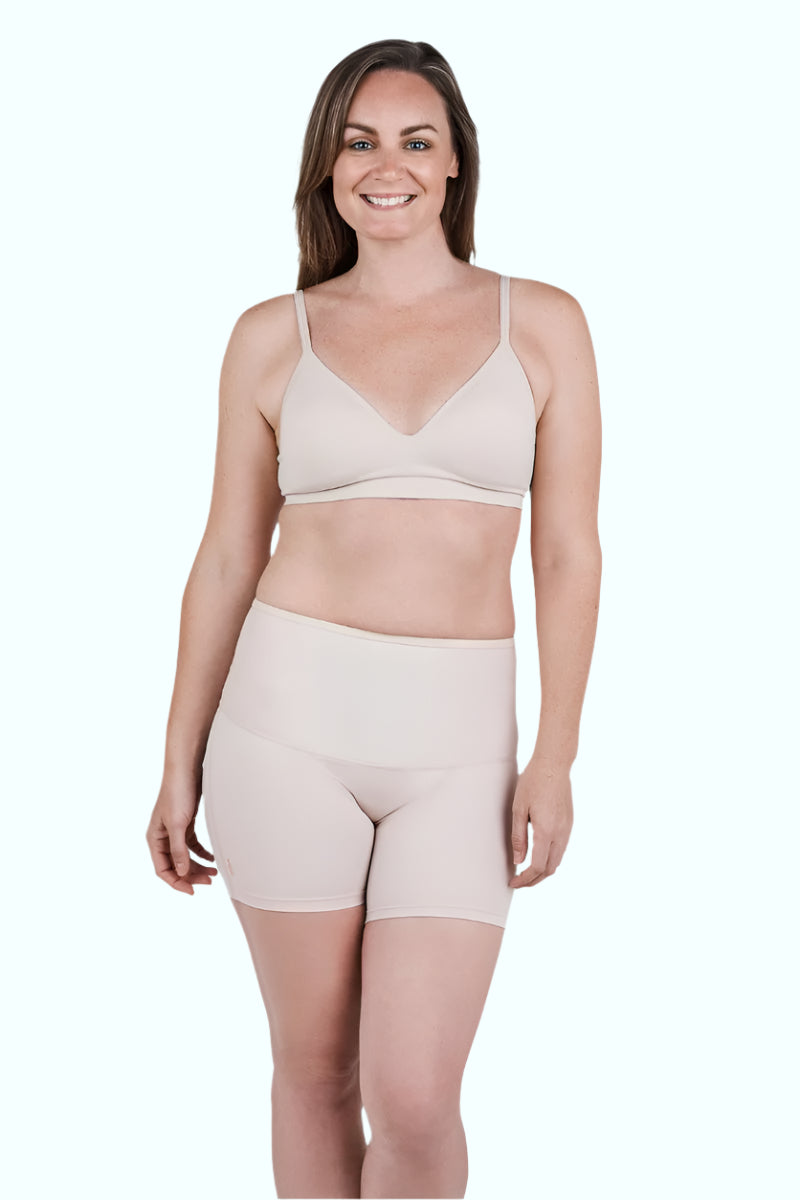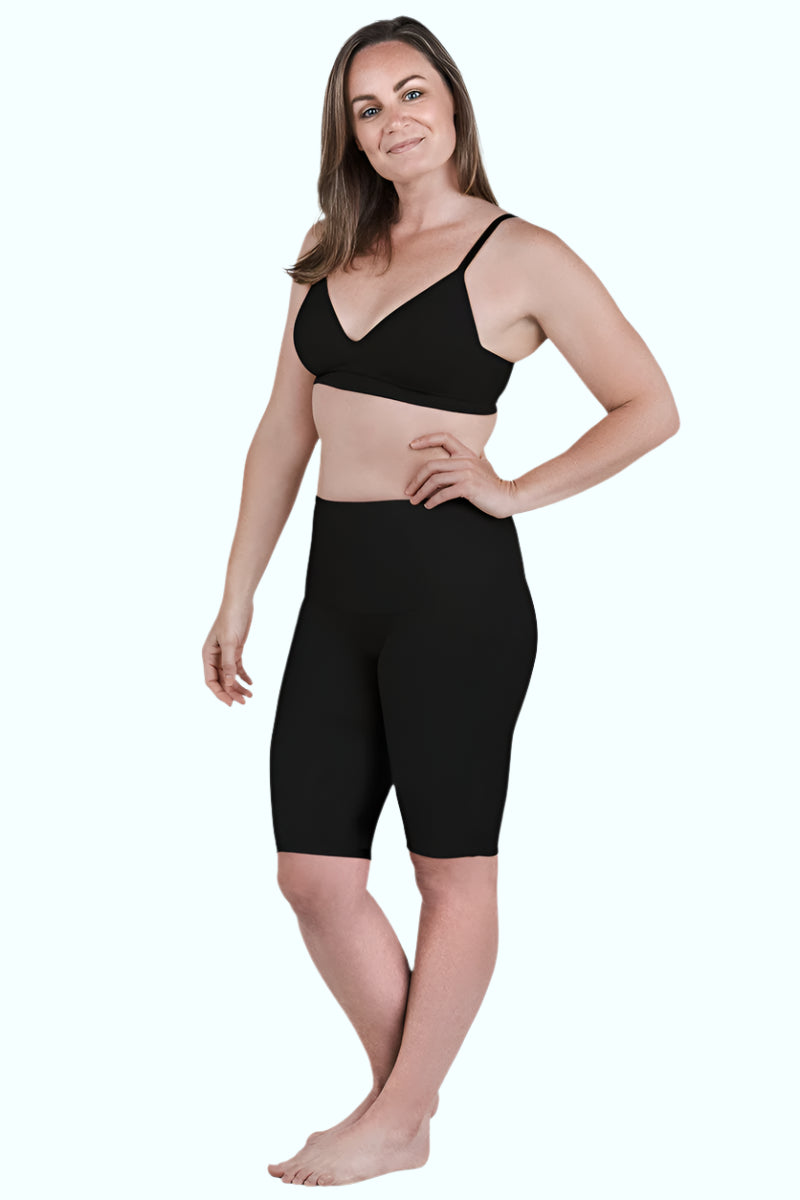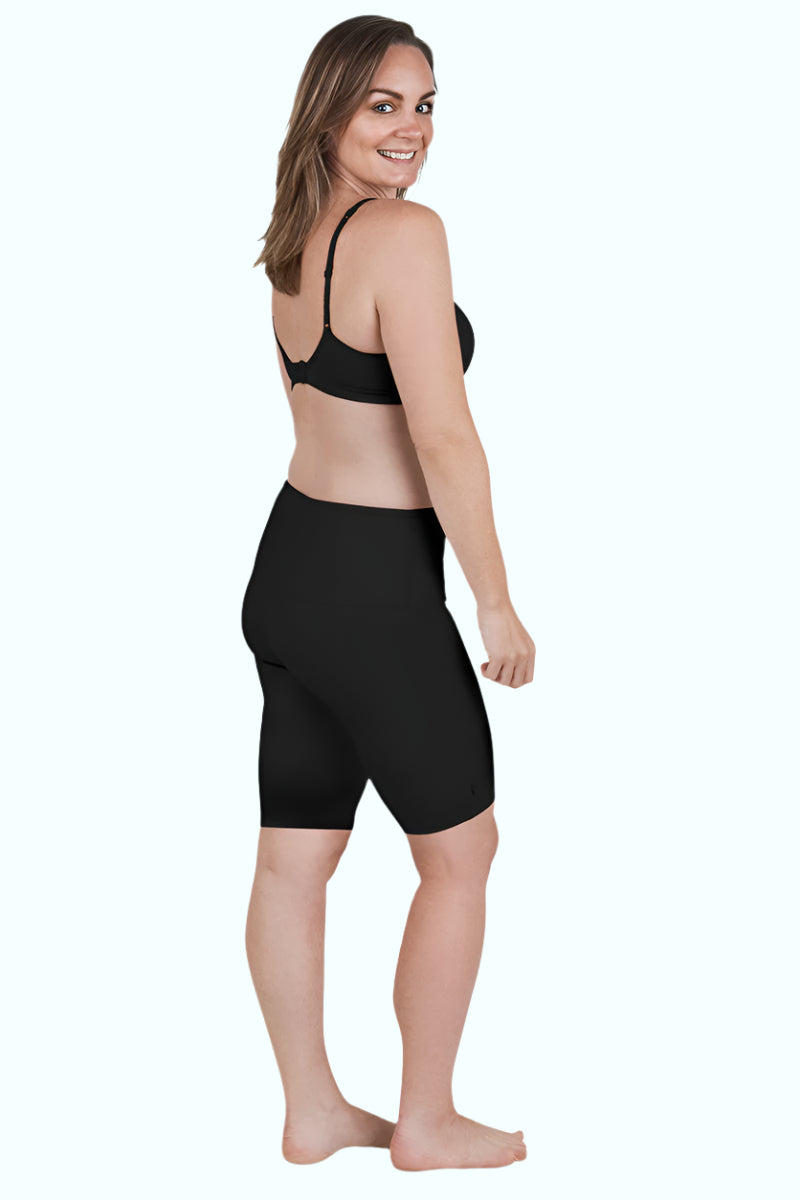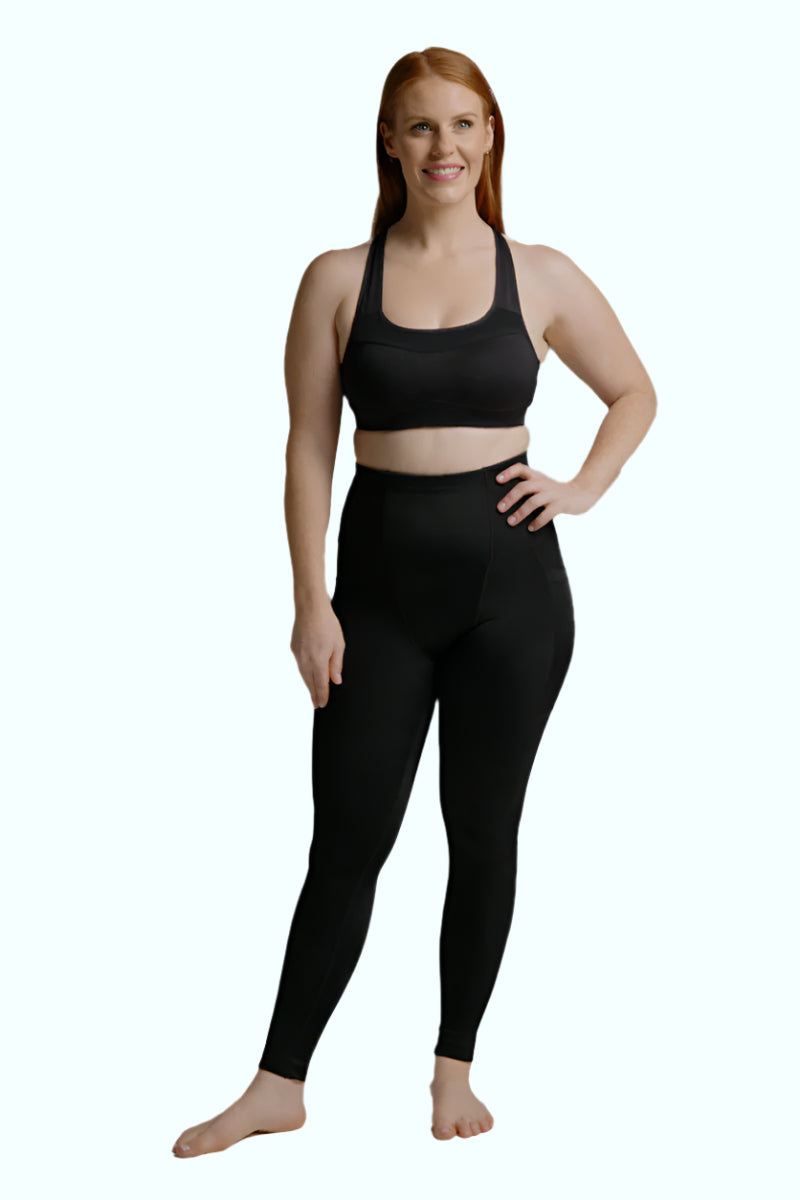Approximate Reading Time: 5 minutes
Exercising during pregnancy is essential if you want to minimize aches and pains, keep a healthy body-weight, maintain muscle tone, and control your pelvic floor. Gone is the myth that pregnancy is not the time to start an exercise routine! Many women who are non-exercisers often see pregnancy as an opportunity to look after themselves and to prioritise their health and fitness. After all, pregnancy itself is a workout, so the fitter you are the more you are likely to enjoy this special time.
According to leading women’s physiotherapist Shira Kramer of BeActive Physio, exercise will also improve your energy levels and help you cope with the physical and emotional changes and challenges of motherhood. Here are Shira’s top 5 moves to increase fitness in preparation for labour.
If you’re new to fitness or even a regular exerciser, always check with your doctor or healthcare provider before you start exercising during pregnancy.
1. Pelvic floor muscle exercises need to be integrated into any pregnancy exercise regime.
These important muscles are responsible for controlling the bowel, bladder and uterus in women. They also have an important role to play in controlling continence. Due to the increasing weight of the baby along with the effects of hormones, these muscles can become stretched and weakened through pregnancy. 1 in 3 women who have had a baby will suffer from pelvic floor issues. By exercising your pelvic floor muscles effectively throughout your pregnancy, you will be in better shape to control what goes on down under.
How you do it:
Breathing normally and keeping your posture tall, gently lift your pelvic floor muscles (like trying to stop yourself while going to the bathroom). You may feel your lower abdominal muscles draw in at the same time as these muscles work together. You can do this Pelvic Floor exercise ANYWHERE, sitting at your desk at work, watching TV at home, standing at the bus stop, in traffic and of course at the gym and no-one will even have the slightest idea of what you are doing.
Make it a part of your daily routine like brushing your teeth as it will only take a few minutes. If in doubt seek help from a women’s health physiotherapist.
2. Core (Deep Abdominal) Exercises
The core muscles are the foundation of your body. The deep abdominal muscles are important in supporting the weight of the baby and protecting your back and pelvis. They are often stretched and weakened through pregnancy leading to back pain, poor posture and pelvic floor problems. The outer abdominals can also separate at the centerline (called diastasis rectus abdominus muscles). This occurs in 2 out of 3 women in the third trimester. By exercising the deep core muscles your back will cope better with your changing shape and the abdominal muscles are less likely to stretch. Also, the stronger you keep your insides the faster you will recover.
How you do it:
- Find good posture in any position, sitting, standing, or lying on your side. Imagine letting go like you would pass urine or to pass the wind. Let your stomach muscles relax too.
- Gently and slowly draw in your lower (deep) abdominals. Imagine you are drawing your baby in towards you or that you are gently and slowly drawing your lower abdomen into the body, as though you are trying to get skinny jeans on.
Of course, you’d never exercise in anything resembling skinny jeans. Instead, you can now choose a product that is specifically developed by women for women such as the SRC Pregnancy Leggings or Shorts. These versatile leggings and shorts were designed in consultation with an obstetrician and have Anatomical Support Panels that assist with pregnancy related pain and discomforts such as Lower Back Pain, Sciatica, Pelvic Girdle Pain, Mild Varicose Veins and Vulval Varicosities, helping you to continue working and exercising. Recommended by Obstetricians, Gynaecologists, Physiotherapists, they are super comfortable and come with 100% Money Back Guarantee.
3. Squats
Strong thighs are important in preparation for the activities of motherhood (lifting, pushing a pram, carrying bubs). The stronger your legs are the healthier your back will be – not to mention preventing the pregnancy waddle. Squats are a fabulous functional exercise to get those legs strong for the physical workout of motherhood.
How you do it:
- Stand with your feet apart, slightly wider than your hips.
- Pick a spot on the wall in front of you and look at this spot the entire time you squat. You can put your arms straight out in front of you but don’t round your back, or hyper extend the natural arch of your back.
- Make sure you feel your bodyweight spread over the heels and engage your deep core muscles throughout the movement.
- Now, breathe in, break at your hip and push your butt back. Keep sending your hips backwards as your knees begin to bend. It’s important that you start with your hips back, and not by bending your knees.Keep your posture tall, with your neutral spine, and your chest and shoulders up. Keep looking straight ahead at that spot on the wall.
- Squat down keeping feet hip width apart. Keep the depth of the squat shallow. Once at the bottom, it’s time to stand back up.
- Drive your knees out the same way you did on the way down, and squeeze your butt at the top to make sure you’re using your glutes.
4. Upper Back
The weight of the growing baby and increasing bust size puts extra pressure on your upper back. To counteract this you need to strengthen your upper back (i.e. muscle between your shoulder blades). Using dumbbells and resistance bands are a great way to do this.
How you do it:
- Pull straight back until your elbows are in line with your shoulders. Return to the starting position (controlling the resistance). Repeat.
- As you pull, grip the handle lightly and keep your upper arms and forearms parallel with the floor.
- At the end of the repetition (movement) make sure that your upper and lower arm are at a 90-degree angle.
5. Pelvic mobility exercises
Pelvic tilts and circles will help minimise joint stiffness and prevent aches and SI joint pain. They will also help to prevent and manage a backache and ease away tension in the lower back. Do these either standing, on the floor in a four point knees position or sitting on a fit ball.
How you do it:
- Sit upright on the fit ball, with your shoulders back and feet flat on the floor.
- Engage your core by lifting your pelvic floor and gently drawing in your lower abdominal
- Without moving your feet, tilt your pelvis forward and backwards.













